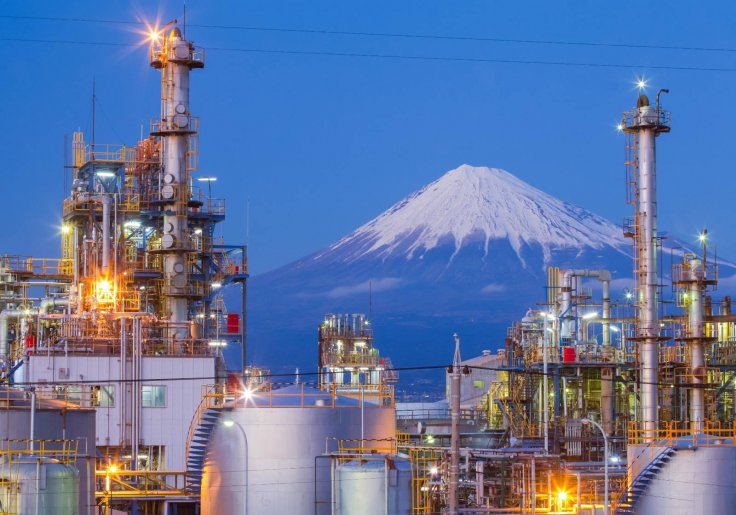
While nuclear energy is often cited as an important solution to the challenges of maintaining the delicate balance between energy security and decarbonization imperatives, its detractors point to its perceived safety risks exemplified by high-profile historical incidents. In Japan's case, the memory of the Fukushima incident in 2011 is one such example. Despite this, Japan continues to see the indispensable role of nuclear as a clean and sustainable energy source, as demonstrated by its persistent role in the country's energy policy.
In recent years, Japan has witnessed a seismic shift in its energy policy, catalyzed by both internal imperatives and external pressures. Prime Minister Fumio Kishida's pledge to achieve carbon neutrality by 2050 includes a shorter-term target of 60% carbon-free electricity by 2030 that is likely not achievable through renewable energy sources alone. To this end, nuclear energy will continue to stand out as an important energy source, despite increased skepticism towards nuclear energy in the aftermath of the Fukushima incident.
The importance of nuclear energy in Japan's future energy landscape is underscored by its unparalleled capacity to provide baseload power without carbon emissions. As the nation seeks a means to satisfy a surge in electricity demand, projected to increase by 50% by 2050, nuclear power emerges as a cornerstone of stability and sustainability. With ambitious decarbonization targets looming on the horizon, Japan faces the imperative to ramp up its nuclear capacity alongside investments in renewables and efficiency measures.
The revival of Japan's nuclear sector has been a gradual yet determined process, marked by strategic investments and policy realignments. The decision to restart idled nuclear plants and extend the lifespan of existing ones reflects a pragmatic recognition of nuclear energy's importance and potential. Notably, the scheduled restart of the Kashiwazaki-Kariwa Nuclear Power Station (KKNPS), the largest in the world, signals a departure from the post-Fukushima era.
Central to Japan's nuclear resurgence is a steadfast commitment to nuclear safety. The phased restart of nuclear reactors underscores a cautious approach that prioritizes safety and public confidence. Japan's efforts to enhance seismic resilience and emergency preparedness demonstrate a proactive stance towards mitigating the risks associated with nuclear energy.
Such commitment is evident in TEPCO's continuous cooperation with the International Atomic Energy Agency (IAEA) regarding its plans to decommission the Fukushima Daichi Nuclear Power Station (FDNPS) and to reopen the KKNPS. Regarding the former Japan has demonstrated its willingness and ability to address safety concerns regarding the safe disposal of treated wastewater. Furthermore, the IAEA's successful nuclear security mission to the KKNPS from 25th March to 2nd April 2024 highlighted Japan's ability to provide a safe nuclear future.
As Japan moves towards a nuclear-powered future, it will likely continue to face various challenges and opportunities. The imperative to balance energy security, decarbonization imperatives, and nuclear safety will shape Japan's energy trajectory in the decades to come. By embracing nuclear energy as a pillar of its sustainable energy strategy, Japan not only secures its energy future but also reaffirms its commitment to global climate action.
Disclaimer: IBT does not endorse the above content









